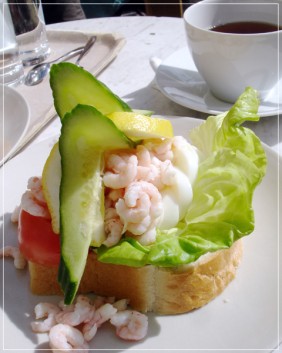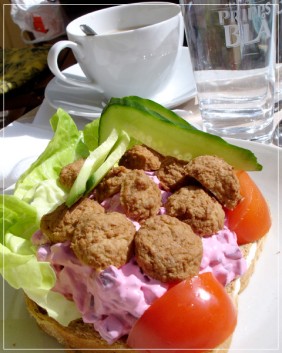
Need a last-minute gift to bring to your Christmas party? These homemade chocolates take almost no time at all.
Ice chocolate is also a traditional Christmas candy in Sweden, but I used to make it at home as well. It’s homemade chocolate that comes in little forms – and is cooled down by putting them out in the snow! (But warmer countries need not despair, the freezer is fine as well.)
I put my foot down on using my grandma’s recipe though – I was NOT going to make it with pre-made cooking chocolate. Nope, nothing but cocoa, sugar and cocos fat in this one.
Ingredients:
250g Cocos fat
200g powdered Sugar, sifted
50-60g plain Cocoa powder (NOT drinking chocolate!), sifted (Adjust depending on how dark you want your chocolate to be.)
Aluminium foil cups, traditional ice chocolate forms, or even ice cube forms for pouring into
Snow! Or alternatively, space in the freezer.
Recipe:
Melt the cocos fat over a water bath. It only needs about 70 degrees Celsius to melt, so it’ll melt quickly. Stir in the sifted sugar and cocoa powder. Stir well!
Pour into the forms and put the forms out in the snow immediately.
When the chocolate has hardened, stack in a jar (if using disposable forms) or (if not) remove the chocolate from the forms, stack it and pour more!
Store in a jar in the fridge.
The cocos fat makes the chocolate very soft, but also cool in your mouth. Be quick or it’ll be gone before you know it!
















 A typical Swedish café is far from cool. Nor is it stylish, designed or anything like that. The proper word for it is comfortable.
A typical Swedish café is far from cool. Nor is it stylish, designed or anything like that. The proper word for it is comfortable.
